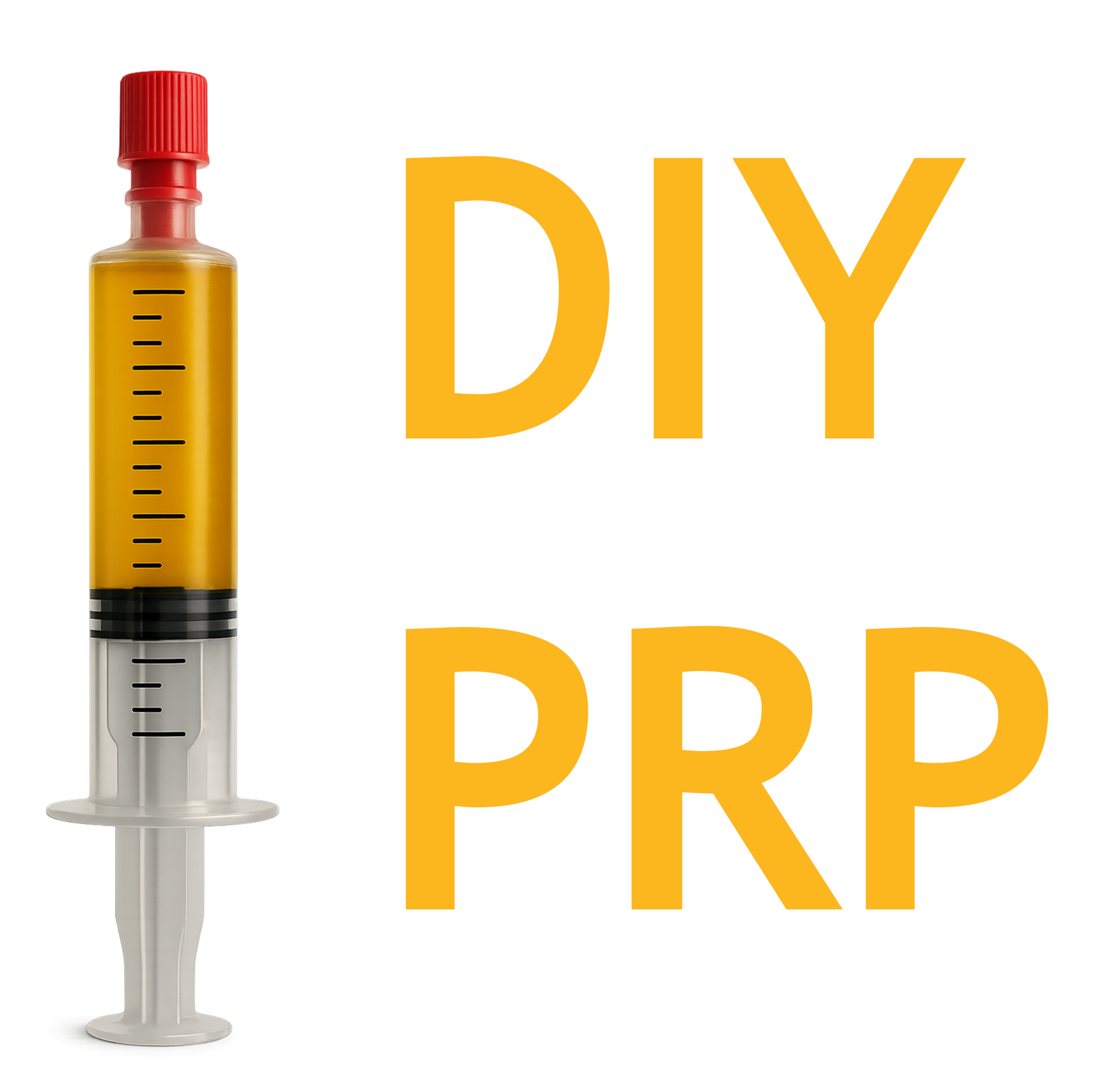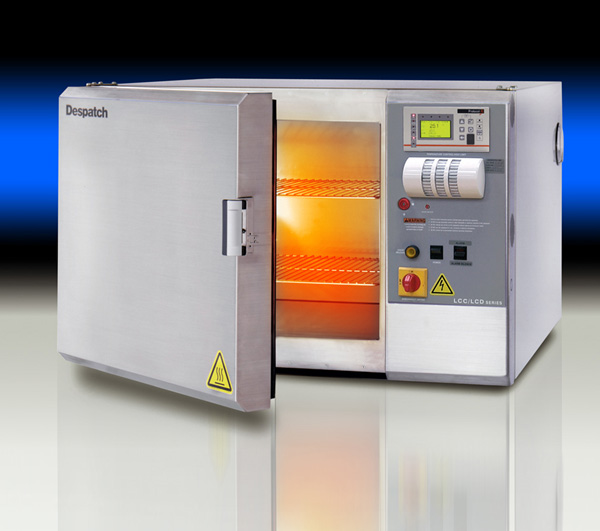PURPOSE
To render glassware and stainless steel tools sterile, pyrogen-free, and free of cytotoxic residues using controlled dry heat in a non-laboratory setting. This protocol is designed for use with home ovens.
MATERIALS REQUIRED
- Clean borosilicate glassware and/or stainless steel tools
- Laboratory-grade detergent (e.g., Alconox or Liquinox)
- Distilled water or Water for Injection (WFI)
- Aluminum foil
- Home gas or electric oven
- Oven thermometer or probe-based digital thermometer
- Heat-resistant tray or metal rack
PROCEDURE
1. Initial Cleaning (Removal of Cytotoxins and Residues)
- Wash glassware and stainless steel with lab-grade detergent and warm water. Scrub all interior surfaces.
- Rinse 3–5 times with tap water to remove all detergent.
- Rinse 3 times with distilled or WFI-grade water.
- Allow to air dry completely on a clean surface.
2. Wrapping
- Cut sections of aluminum foil and loosely wrap each dry item.
- To minimize foil-based contaminants, pre-bake foil at 250°C for 1 hour prior to use.
- Do not seal tightly; allow airflow to reach internal surfaces.
3. Oven Preparation
- Preheat oven to 250°C.
- Place a calibrated thermometer inside the oven and, if possible, insert a digital probe into a wrapped item to monitor actual surface temperature.
4. Heat Exposure (Depyrogenation and Sterilization)
- Once the thermometer or probe confirms the oven has reached a stable 250°C, begin timing.
- Maintain 250°C for 30 minutes minimum. If temperature stability is uncertain, increase time to 60 minutes.
- Do not open the oven during this time.
5. Cooldown and Handling
- Turn off the oven and allow the contents to cool inside the closed oven for at least 1–2 hours.
- Once cooled below 50°C, remove the glassware still wrapped in foil if sterile handling is desired.
- Unwrap only under a sterile field (e.g., laminar flow hood) if sterility must be preserved.
VALIDATION AND QUALITY ASSURANCE
- Use a certified thermometer or thermocouple data logger to verify thermal exposure.
- Optional: Use irreversible thermal indicators to confirm each cycle reaches target temperature.
- Do not rely on oven dial settings alone; confirm internal conditions directly.
LIMITATIONS
- This procedure is not appropriate for plastic, rubber, or materials with thermal limits below 250°C.
- Home ovens often have non-uniform heat distribution; place items away from burners or hot spots.
- This protocol does not ensure aseptic handling unless performed in a sterile environment post-treatment.
- Dry heat does not remove volatile solvents unless a separate step is included.


Leave a Reply